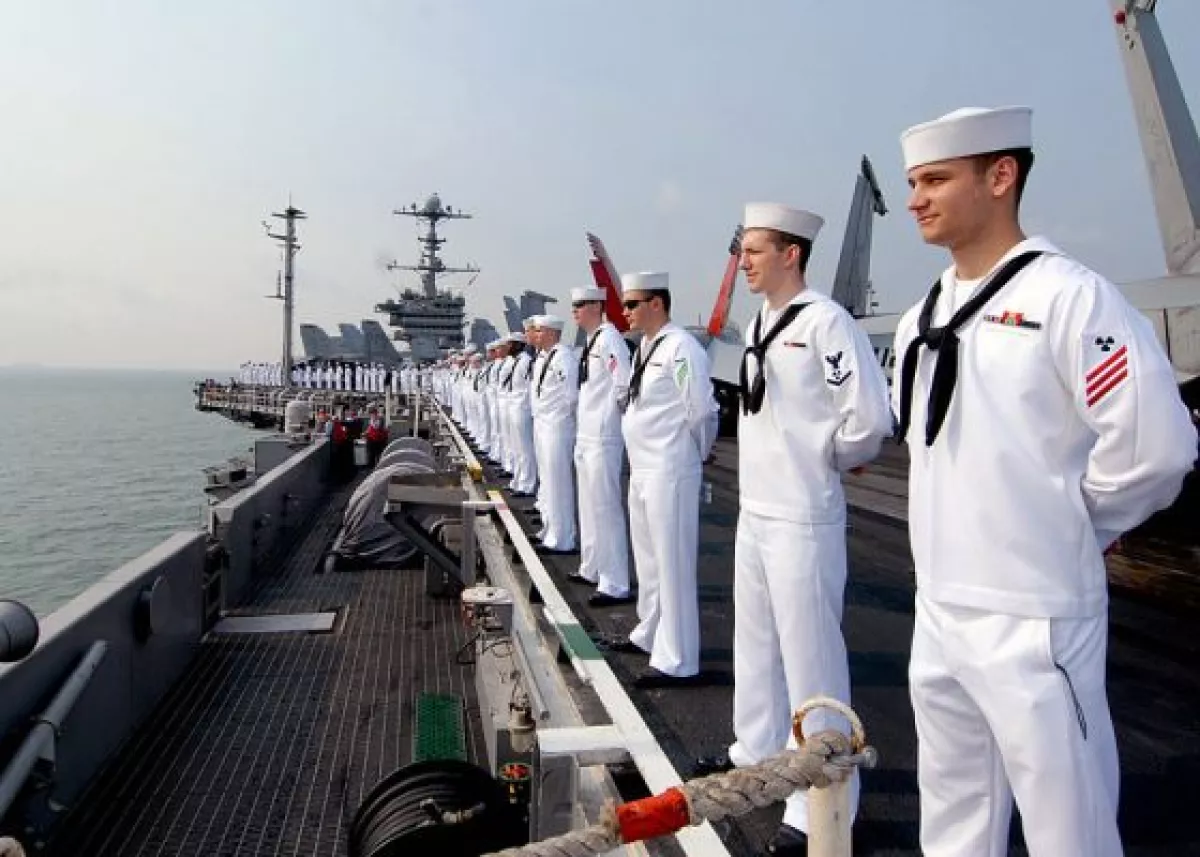“Empire adrift at sea”: A wake-up call for the US Navy Analysis by Responsible Statecraft
In Responsible Statecraft, historian and strategic thinker Michael Vlahos delivers a striking indictment of the United States Navy in his essay "The US Navy's five roads to ruin.” Far from a mere lament about shrinking ship numbers, Vlahos makes a far deeper, and more disturbing, argument: the Navy’s rot stems not from material scarcity but from an internal crisis of ethos — a cultural and institutional unravelling that mirrors the decline of once-mighty navies across history.
At the heart of the piece lies a powerful thesis: the U.S. Navy, long the unchallenged “Shield of the Republic,” is now captive to its own mythology, paralysed by outdated doctrines, corrupt procurement systems, and a bloated industrial-military complex. Through a brilliant comparative framework, Vlahos draws five historical parallels — from the battleship delusions of World War II Japan to the sclerotic self-satisfaction of Victorian Britain’s Royal Navy — to show how the U.S. Navy today is marching towards systemic failure.
One of his strongest arguments is the Navy’s obsession with a “decisive battle” scenario — echoing the interwar fantasy of a Pacific Trafalgar — that blinds it to the real demands of 21st-century naval warfare. Just as Japan’s fetish for battleship supremacy hastened its ruin, Vlahos warns that today’s carrier-centric U.S. fleet is ill-prepared for the logistics-driven, grey-zone confrontations likely to define future maritime contests, particularly with China.
Equally damning is his critique of America's diminished shipbuilding capability. Unlike the WWII-era United States, which built over 5,000 warships in four years, today’s Navy lacks the industrial depth to replace even modest losses. With China vastly outpacing the U.S. in shipbuilding, Vlahos argues that America's maritime decline is not a future possibility — it is already underway.

But perhaps the most haunting comparison comes from Vlahos’s invocation of the “slave dynasties” of the medieval Muslim world, where military elites — originally servants — became de facto rulers. In today’s Navy, he sees a similar dynamic: defence contractors, once subordinate partners, now steer naval policy. Officers aspire less to command at sea and more to post-retirement sinecures in the defence industry. This inversion of service and self-interest signals a profound ethical breakdown.
Vlahos closes with a sobering forecast. Just as the French Navy of 1781 reached its zenith before national collapse, the U.S. Navy may be on the brink of decline that mirrors — or surpasses — those historical warnings. Political instability at home, mounting debt, and the erosion of national purpose could combine to cripple America’s global naval posture.
Yet, even amid the gloom, Vlahos offers a survival plan: avoid war, rebuild the nation’s maritime industrial base, reject the self-reinforcing myths of seapower, and confront institutional sclerosis head-on. These are tall orders — but, as his historical comparisons show, failure to reform has always led to catastrophe.
Vlahos’s essay is less a critique than a clarion call — not to nostalgia, but to reinvention. For a Navy that has long defined American power, the time to rethink, rebuild, and reimagine is now.
By Vugar Khalilov








